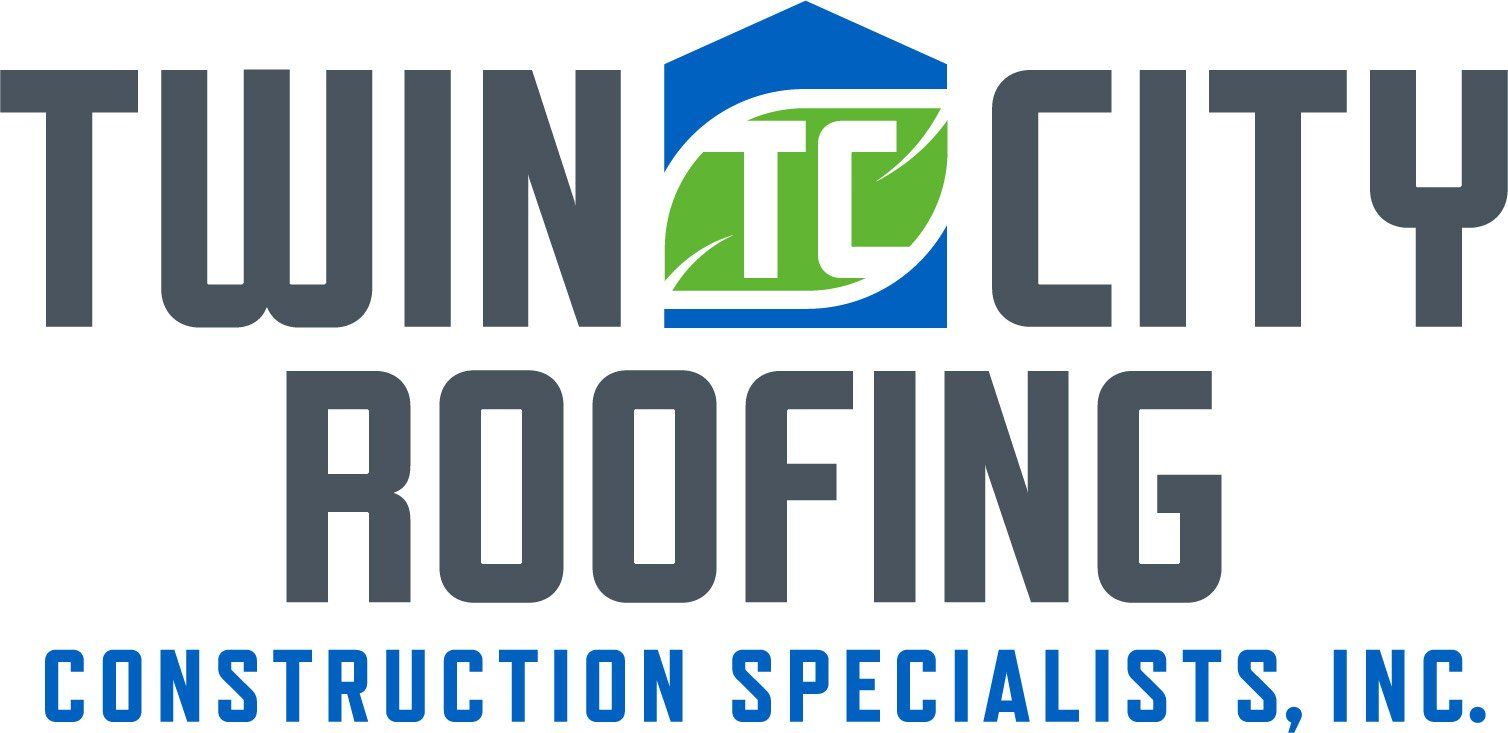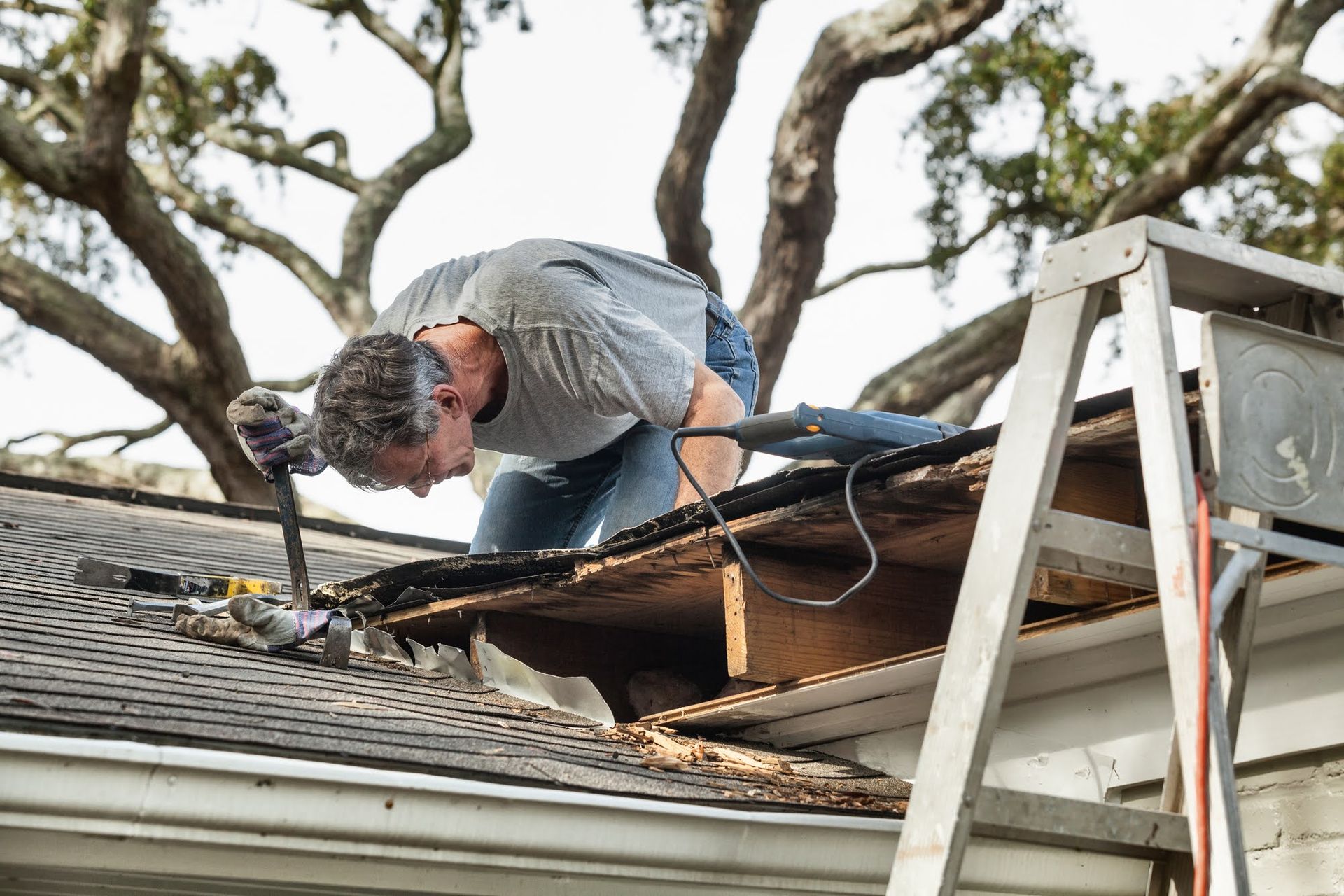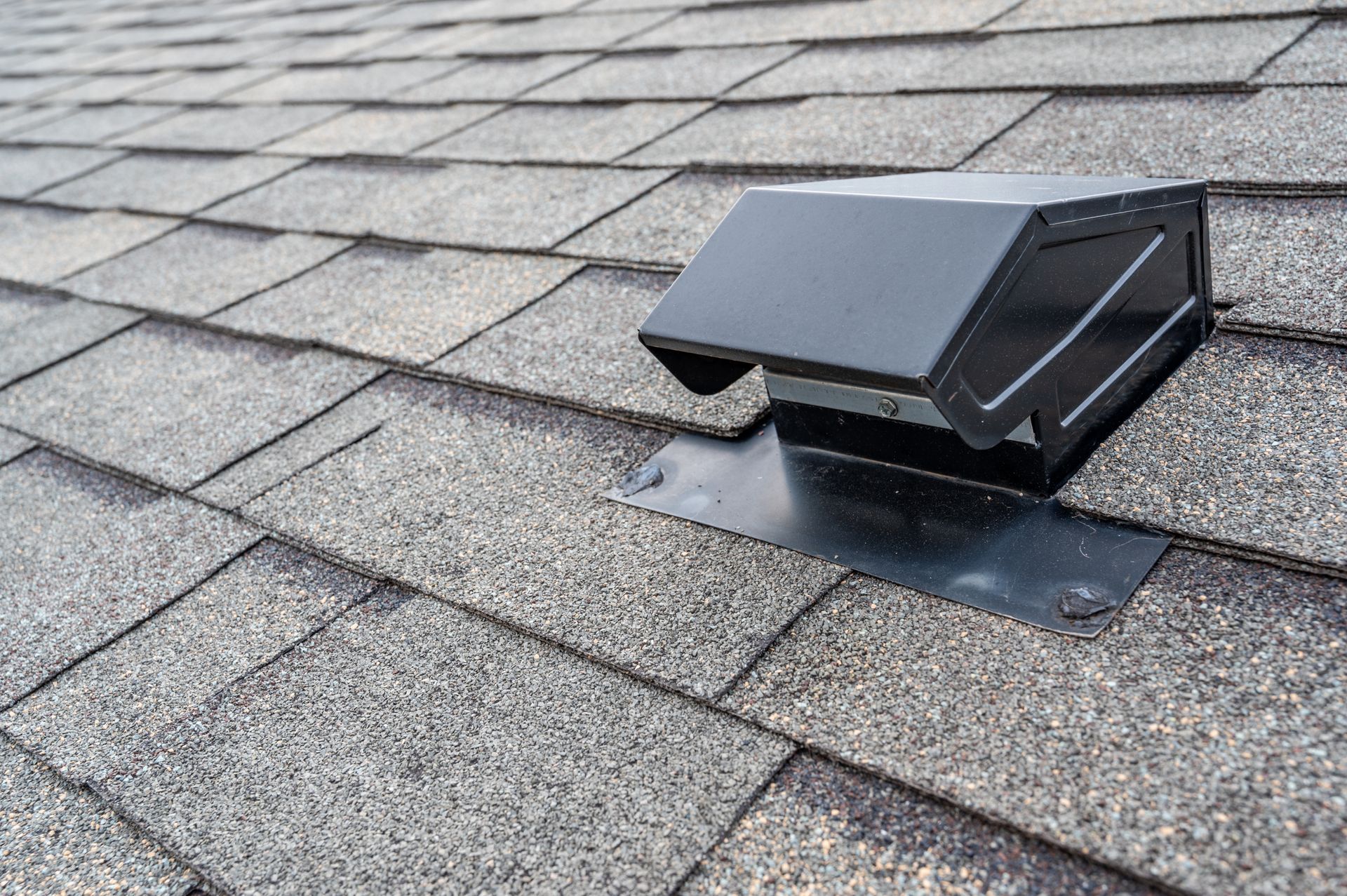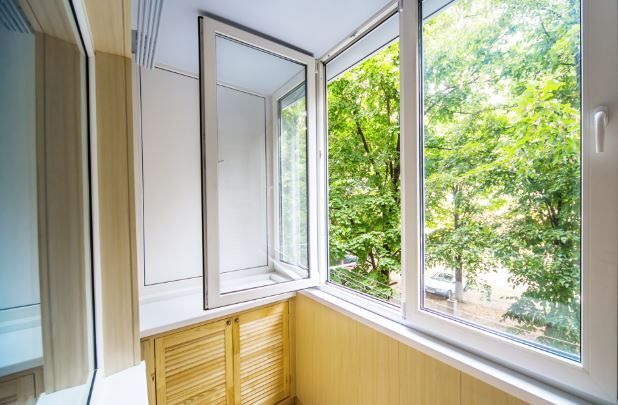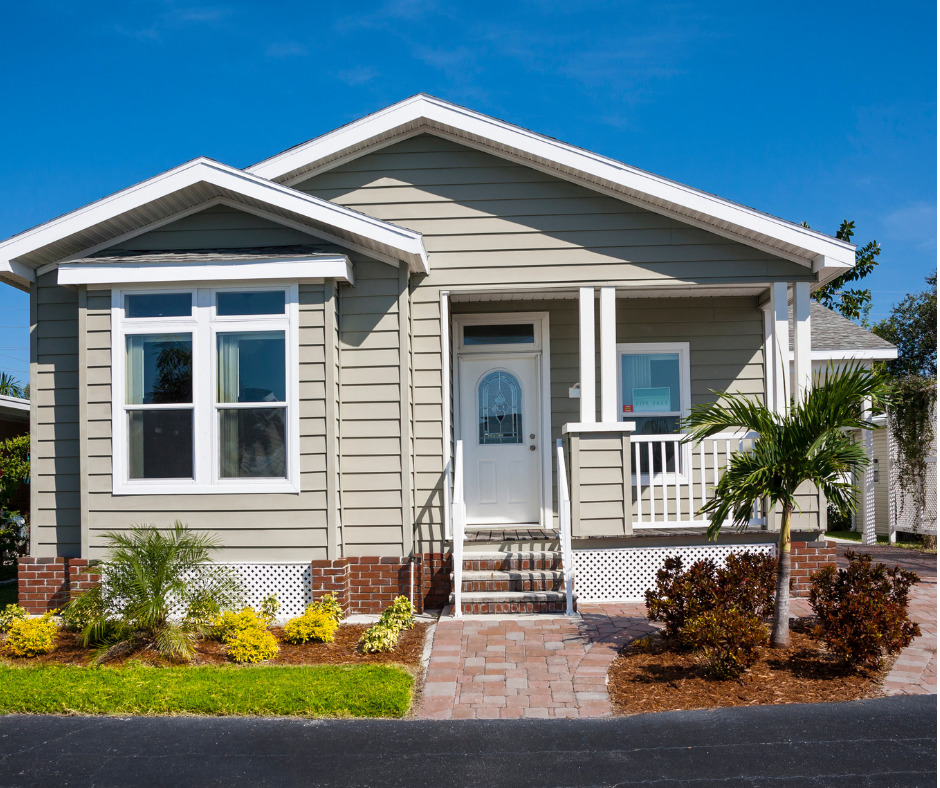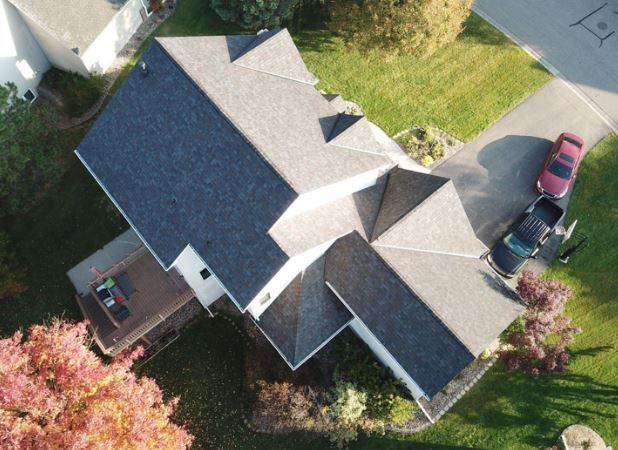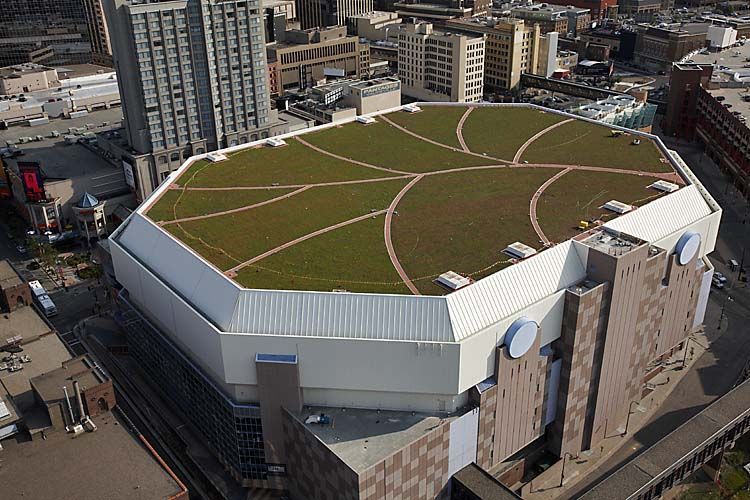Expanding Your Home Improvement Knowledge
We know not everyone is a home improvement expert, that’s why our TCR construction specialists have created resources to help you feel confident and informed. Explore our blog for helpful tips, expert insights, and everything you need to know about roofing, siding, windows, gutters, and more!

I have been in this industry for about a year and a half now, and one thing is for certain: class 4 impact-resistant shingles are the new norm. If you are unfamiliar with the term “class 4”, I don’t blame you. Roofing is boring, it’s an afterthought for homeowners. It only comes to mind when you start seeing your street filling up with yard signs or a brown spot on the ceiling in your living room from a leak. Since you’re reading this, you’re more than likely shopping around for a new roof. Calling contractors, scheduling those free inspections, and ultimately receiving estimates. Your eyes stumble across an upgrade option to a “Class 4 Impact-Resistant Shingle”. The thought crosses your mind: “What does this mean?” Impact resistant shingles are marketed to homeowners to be the most durable shingle on the market. They’re designed to withstand the harshest weather mother nature can provide. Hail and wind are enemy #1 for your roof. In Minnesota, we are no stranger to these events. According to the National Centers for Environmental Information, Minnesota has had 36 severe storms that have caused over a billion dollars’ worth of damage.

